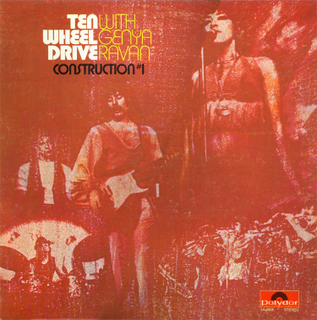|










| |
| Around 1970, two separate developments occurred in popular
music. First, some jazz musicians, perhaps interested in garnering more
attention and commercial success, began to incorporate elements of rock
music (a steady beat, electric instruments) into their music. They blended
extended improvisation into a rock-like context to create what was called
fusion. Jazz trumpeter Miles Davis pioneered this approach on his recording,
Bitches Brew (1970). At the same time, some rock groups emerged that
included horn sections made up of jazz-trained musicians to create rock
music that featured complex harmonies and solos that were more jazz than
rock in style. Among these groups were Blood, Sweat, and Tears, Chicago,
Cold Blood, and the Sons of Champlin. An especially good example of this
approach can be heard in BS and T's cover of God Bless the Child. It
begins a s a bluesy ballad but in the middle of the song the tempo changes
and there are a series of blistering horn solos that are straight out of a
jazz disc. The group Chicago was more pop-oriented than BS and T, but it
also featured a horn section on many cuts. Cold Blood was fronted by a
knockout vocalist, Lydia Pense, and she was backed by a powerful rhythm
section augmented by horns. Other groups with jazz tinges included Earth,
Wind and Fire, Ten Wheel Drive, Steely Dan, Tower of Power, and
Dreams.

Ten Wheel Drive formed in the late sixties and featured singer Genya
Ravan. Their song "How Long Before I'm Gone" is a great example of the
excesses that sometimes afflicted horn bands. Nearly seven minutes long, it
has four distinct sections and changes character several times.
|
|
